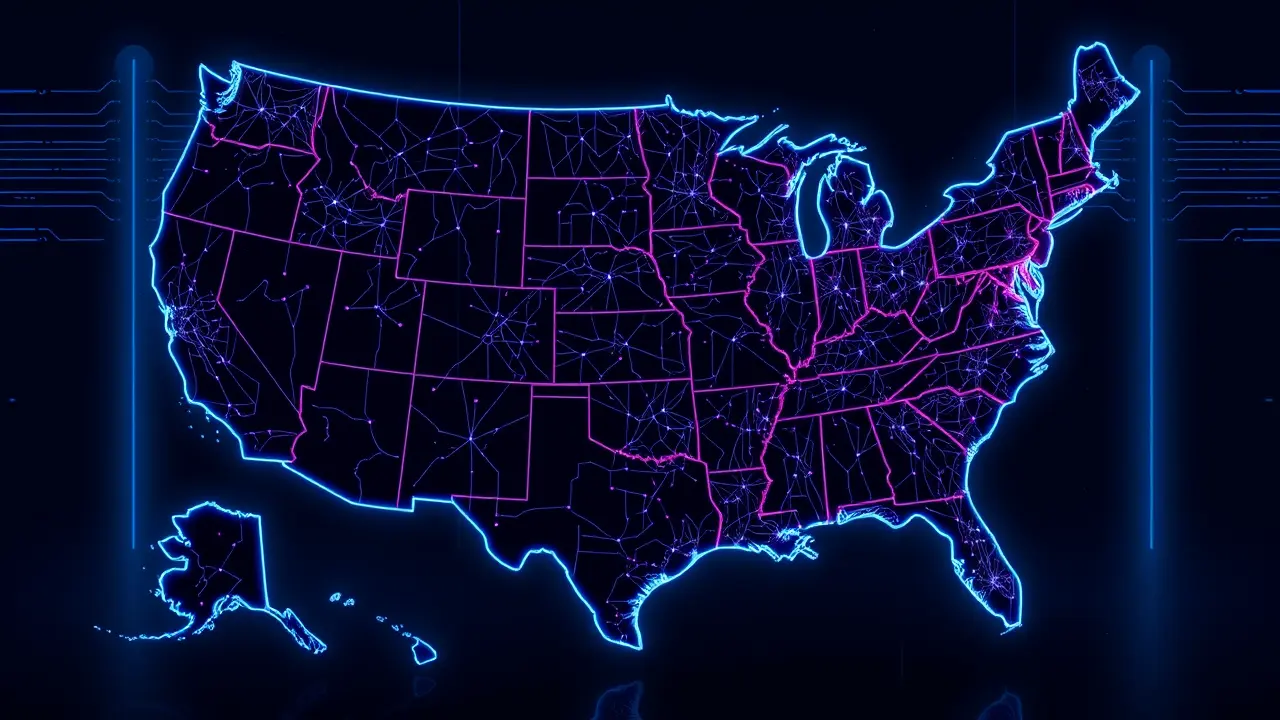
PoliticselectionsPost-Election Analysis
Analysis of Democrats' Performance and Future Electoral Prospects
MA
Mark Johnson
9 hours ago7 min read3 comments
The post-mortem is in, and for Democrats, the prognosis is a complex cocktail of cautious optimism and stark warnings. Having cut my teeth in the trenches of political campaigns, I see the current landscape not as a static map but as a dynamic battlefield where the traditional rules of engagement are being rewritten in real-time.The senior elections analyst at RealClearPolitics offers a crucial debrief, but to truly understand the Party's future electoral prospects, we must dive deeper into the granular data and the shifting tectonic plates of the American electorate. The key lesson from recent cycles isn't just about policy; it's about perception and the mechanics of mobilization.We've witnessed a move away from broad, nationalized messaging towards hyper-local, district-specific strategies, where a candidate's ability to connect on kitchen-table issues—inflation, healthcare costs, public safety—often trumps partisan allegiance. The electorate is undergoing a fundamental realignment, a slow-motion earthquake that has been rumbling for decades but is now reaching a critical crescendo.Suburban voters, particularly women, have become the new kingmakers, a swing bloc with immense power that neither party can take for granted. Meanwhile, the historic Democratic coalition is showing fractures, with some segments of the working-class and minority voters demonstrating an increased willingness to split their tickets, a trend that should sound alarm bells from DC to state party headquarters.This isn't merely a demographic shift; it's a psychographic one. Voters are less tribal, more volatile, and their loyalty is earned election by election, not inherited.The analyst’s insight into what the Party might have learned points towards a necessary, if painful, evolution: the era of relying on a 'Blue Wall' or any other geographic monolith is over. Future victories will be forged in the data war rooms, through sophisticated micro-targeting, and by candidates who can authentically articulate a vision that resonates with an increasingly skeptical and fragmented populace.The Republican counterpart, meanwhile, has mastered the art of base motivation, turning out its voters with a consistency that Democrats have struggled to match in non-presidential years. The consequence of failing to adapt is a return to the political wilderness, a scenario where control of Congress becomes a permanent uphill battle.Looking ahead, the roadmap for Democrats is fraught with both opportunity and peril. It involves a delicate balancing act—energizing a progressive base without alienating the vital center, while simultaneously rebuilding a narrative of economic competence and national security credibility.The changing electorate demands a new playbook, one that understands that a tweet is not a ground game and a viral moment is not a lasting coalition. The next electoral test is already on the horizon, and the Party that best deciphers these complex signals, that learns the right lessons from its recent performances, will be the one that shapes the nation's political destiny for a generation.
#Democrats
#2026 elections
#political analysis
#electorate changes
#featured
Stay Informed. Act Smarter.
Get weekly highlights, major headlines, and expert insights — then put your knowledge to work in our live prediction markets.
Related News
© 2025 Outpoll Service LTD. All rights reserved.














